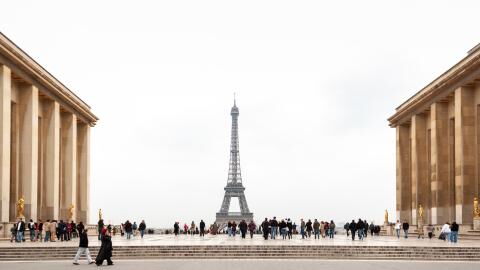Even on the roof of the world, at an altitude of more than 8,800 metres, the coronavirus epidemic is still raging. To avoid the risk of contamination by climbers, China has decided to install a separation line on the summit of Everest marking the border with Nepal, where the health situation is worrying.
Discover our latest podcast
COVID-19 cases at Everest base camp
The restriction follows several cases of infection at the 5364-metre Everest base camp, where climbers gather each year to adapt to the altitude and lack of oxygen before starting their final ascent. According to reports by the BBC, officials at the camp in Nepal have reported 17 cases of climbers with symptoms who have been referred to hospital in Kathmandu.
This was confirmed by a correspondent for CNN, The Guardian and the Nepali Times on Twitter.
A Norwegian climber is returning home in the first week of May from Kathmandu. Climber, Erlend Ness, was evacuated from EBC after his health condition deteriorated there. Later, he was tested corona positive at Kathmandu hospital.
— Rojita Adhikari (@rojitaadhikari) April 30, 2021
A very narrow summit
The summit is particularly narrow and it is not yet clear how the separation line will be drawn to separate the northern (China side) and southern (Nepal side) climbers. The president of the Nepalese Mountaineering Association expressed his incomprehension to AFP:
I am not aware of the (Chinese) decision but there is only one summit and it would be almost impossible to create a separation between climbers from both sides.
It is also unclear how such a line would be enforced all the way up, as the lack of oxygen precludes any long-term surveillance stations.
Nepal, a country neighbouring India, is currently experiencing an outbreak of cases and deaths related to COVID-19. Nepal's Himalayan Times reported on Wednesday 5 May that more than 10 foreign climbers had been evacuated from the base camp of Mount Dhaulagiri after developing symptoms of the coronavirus.















